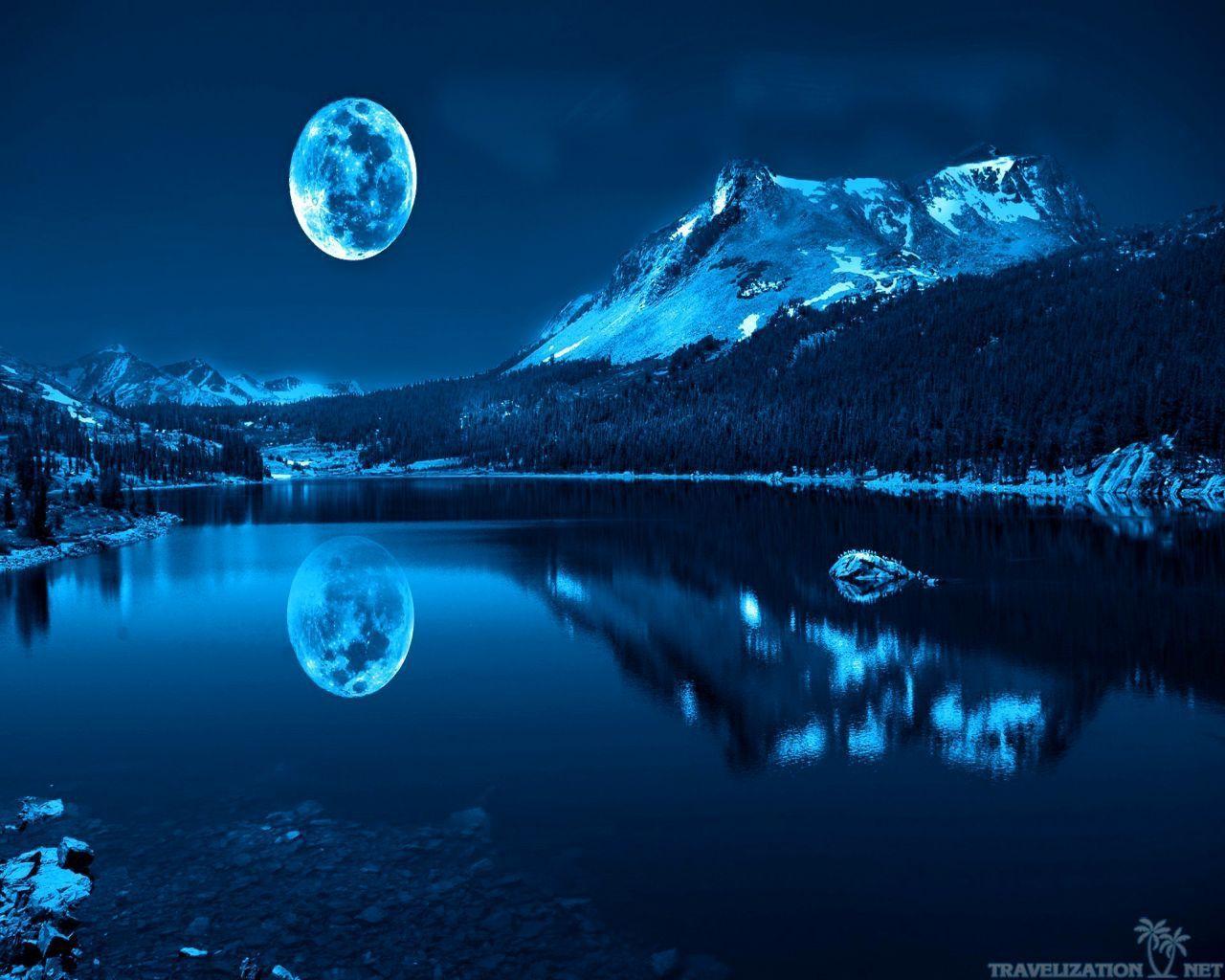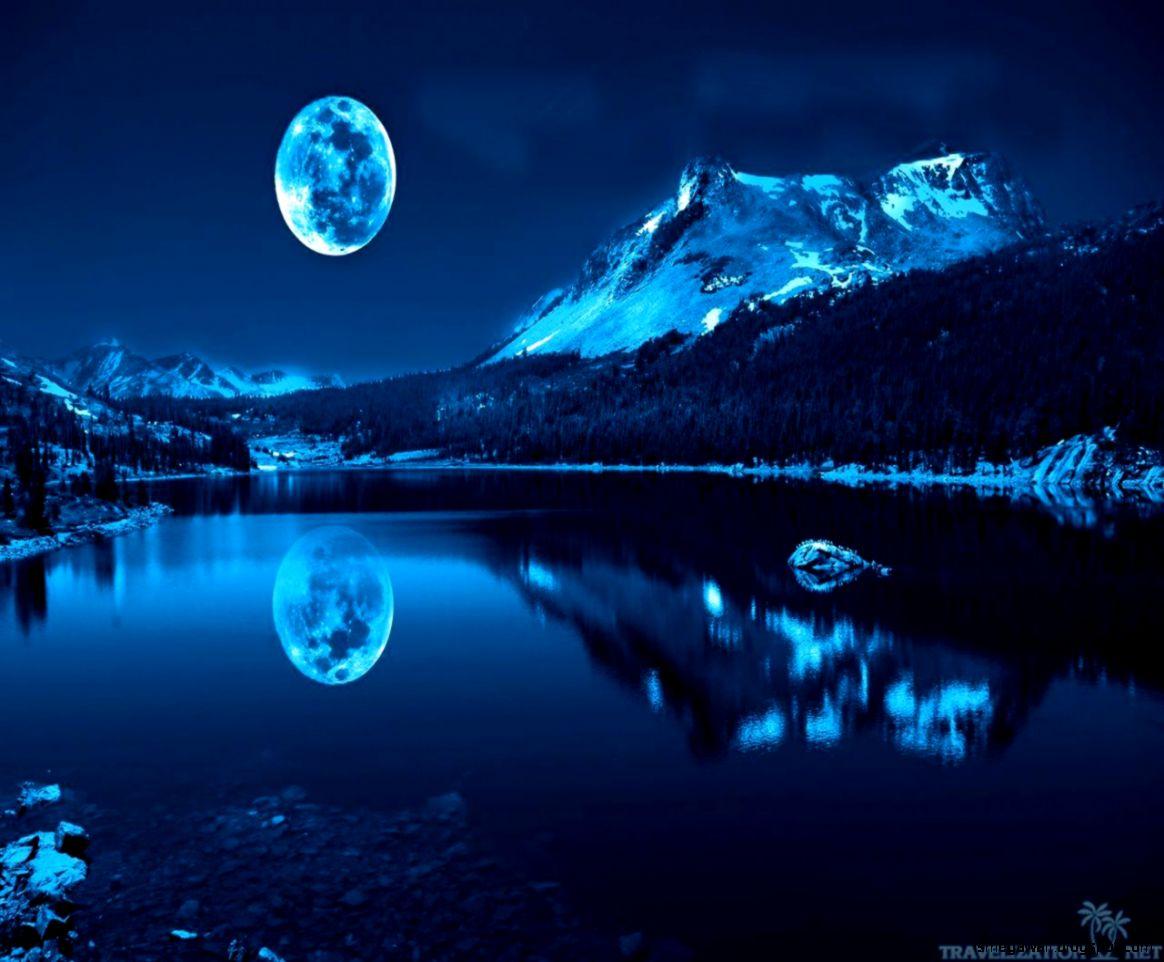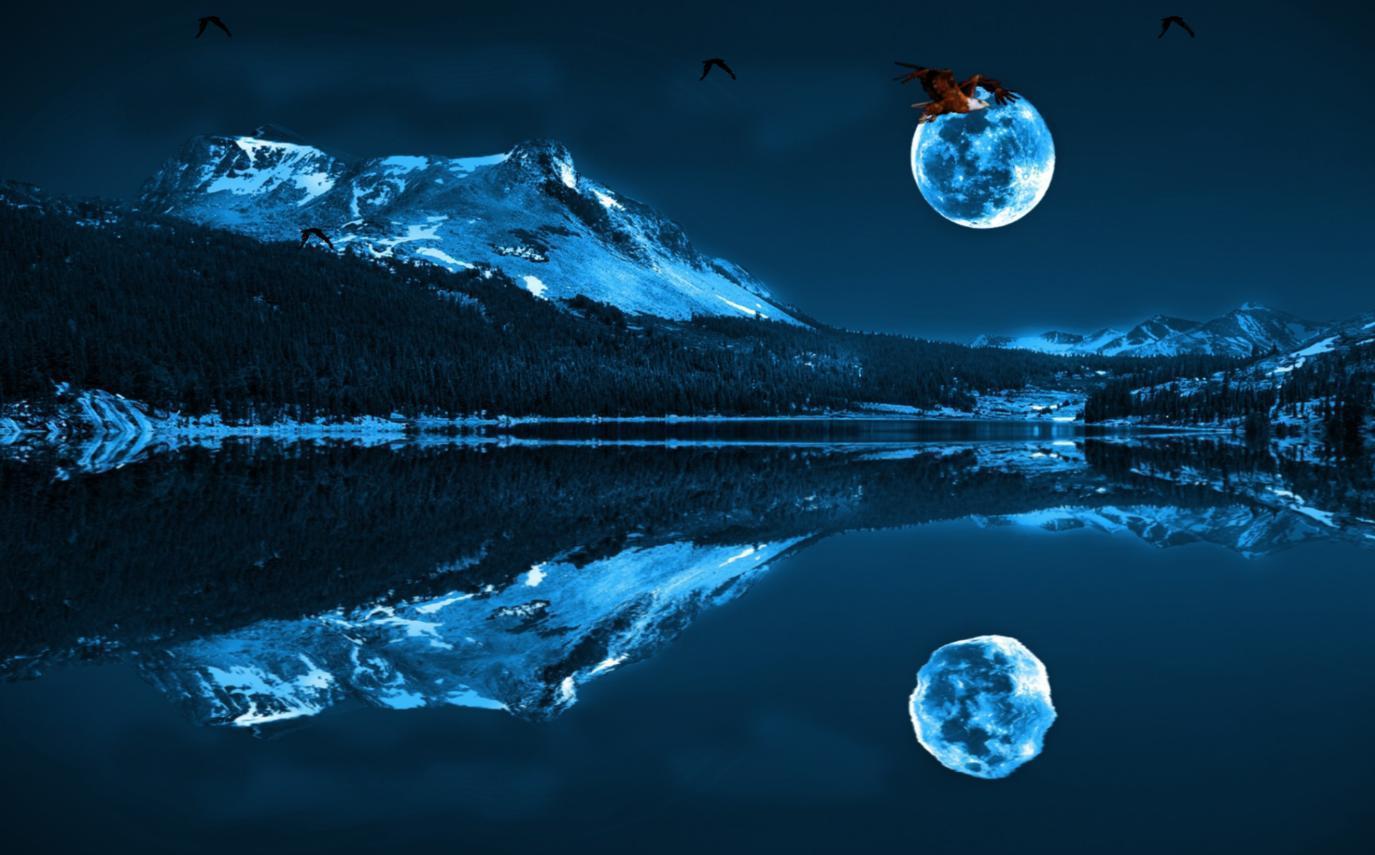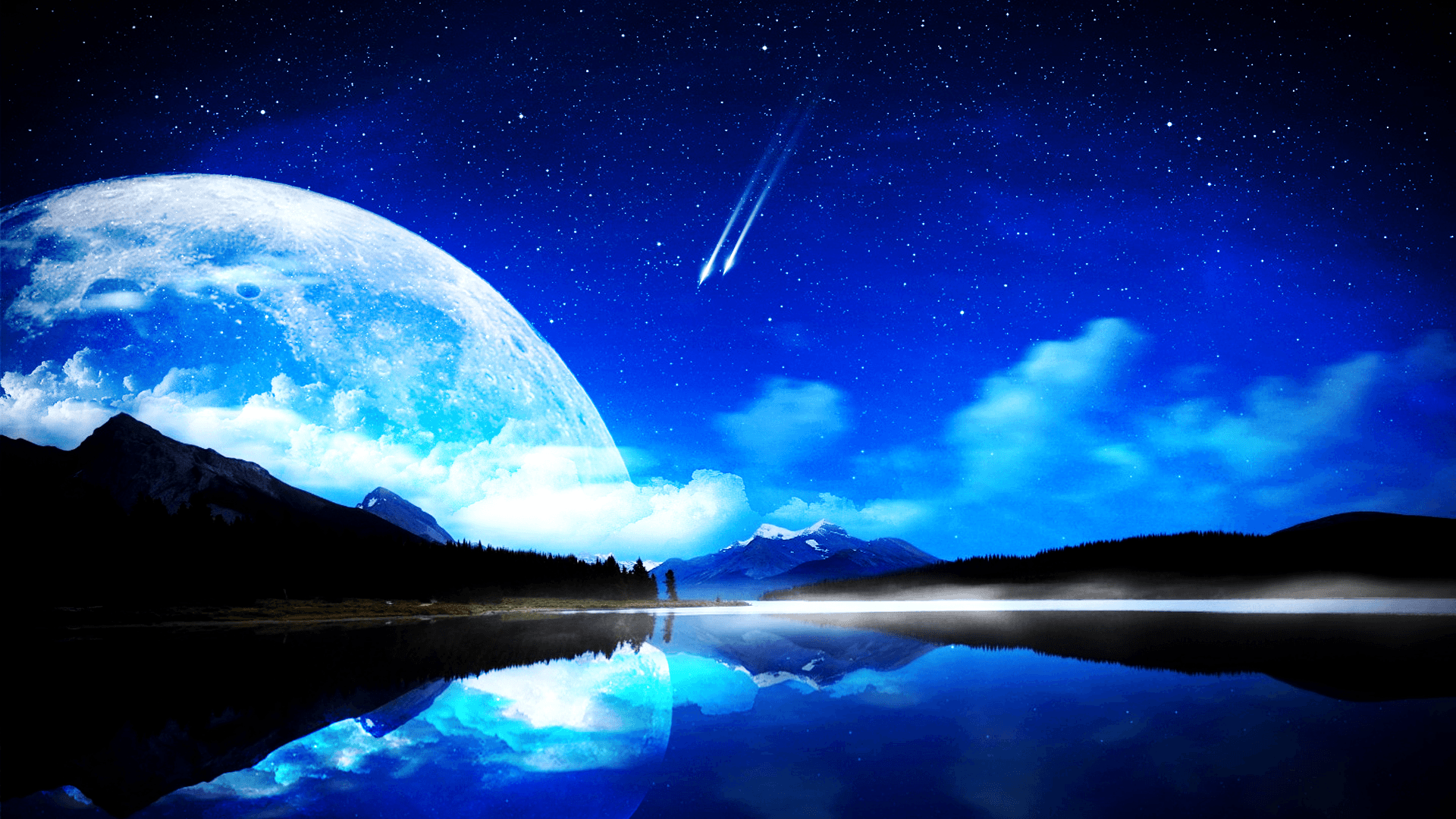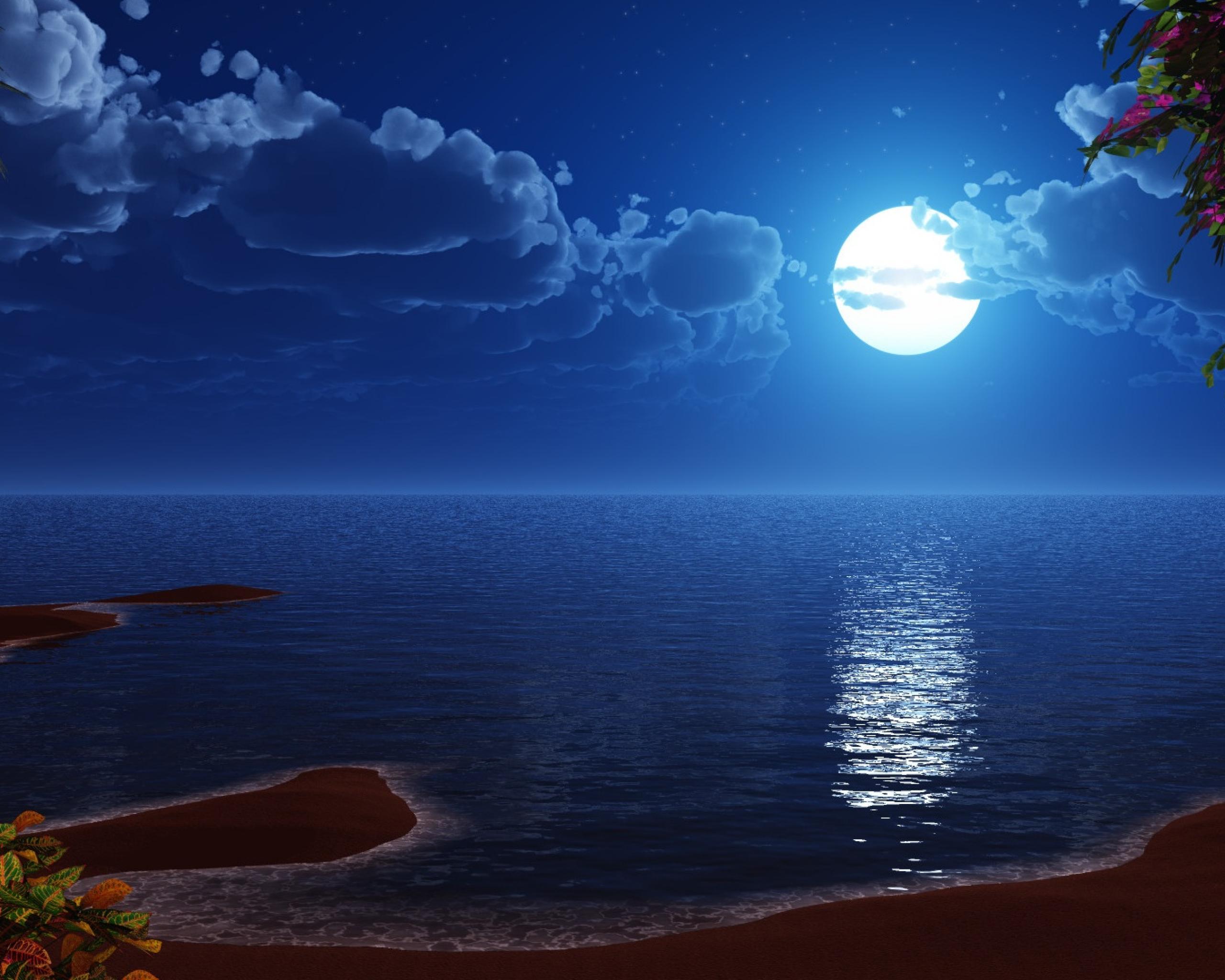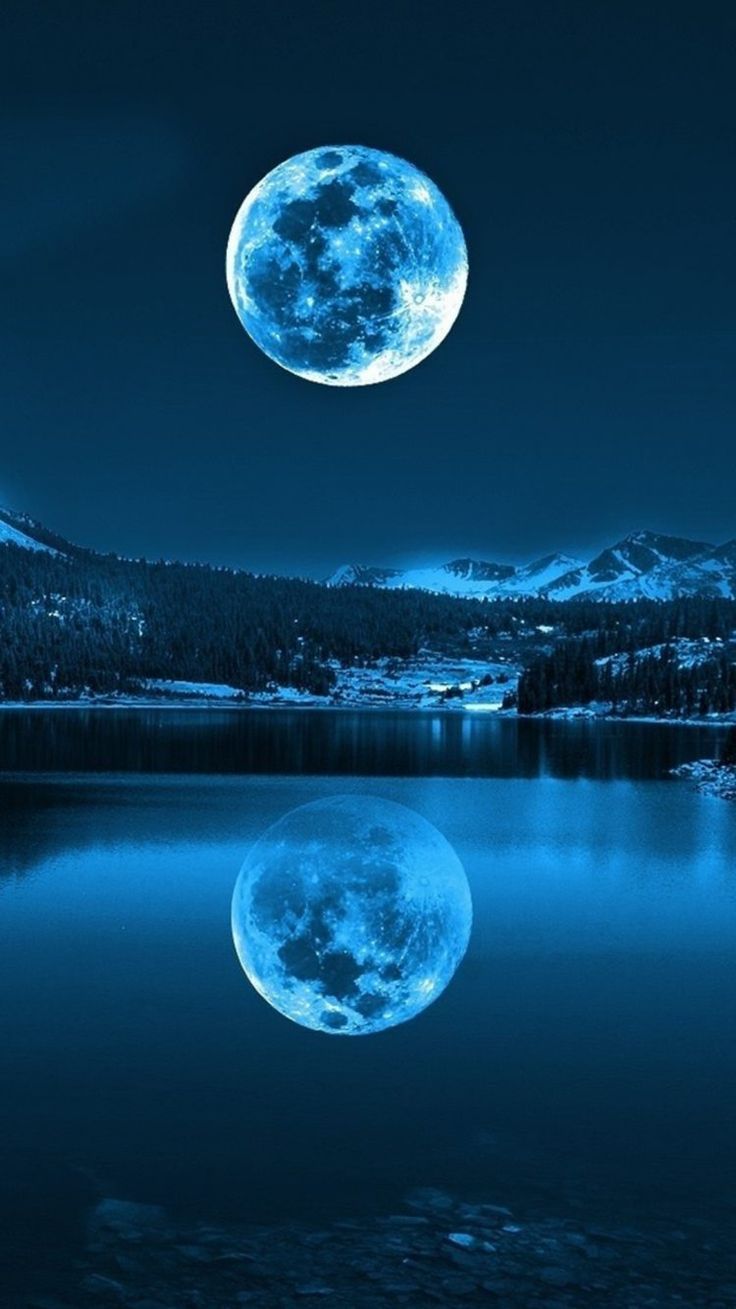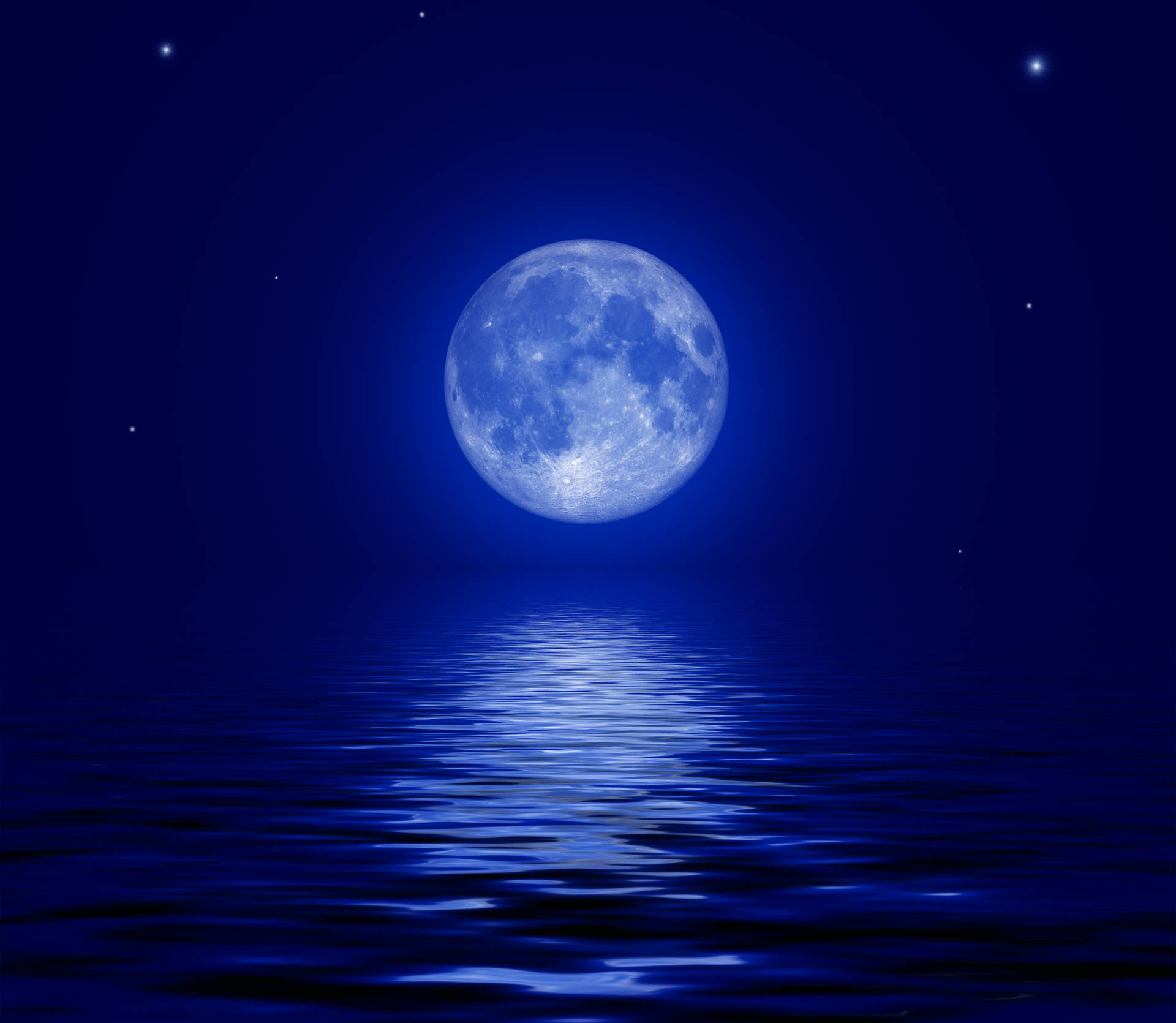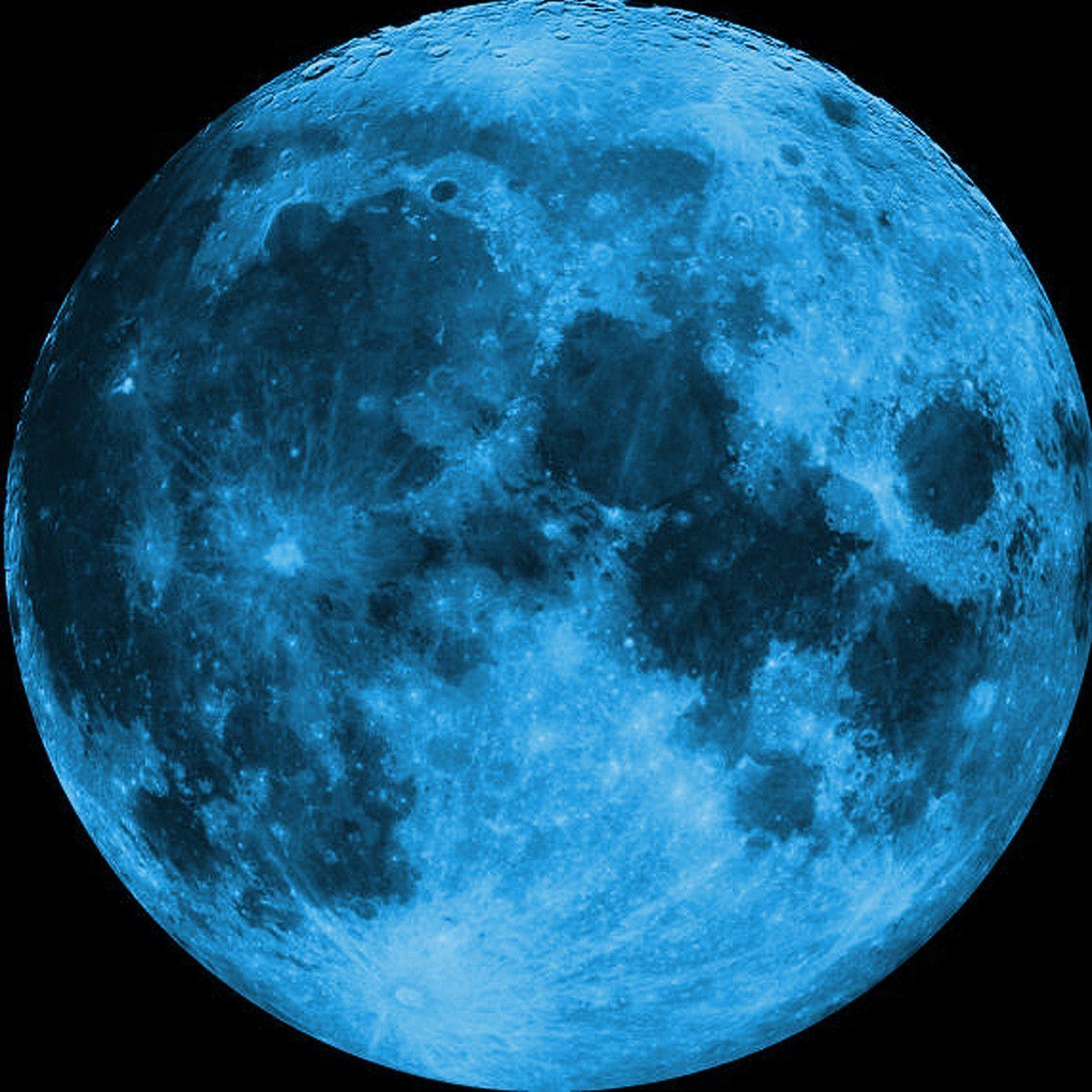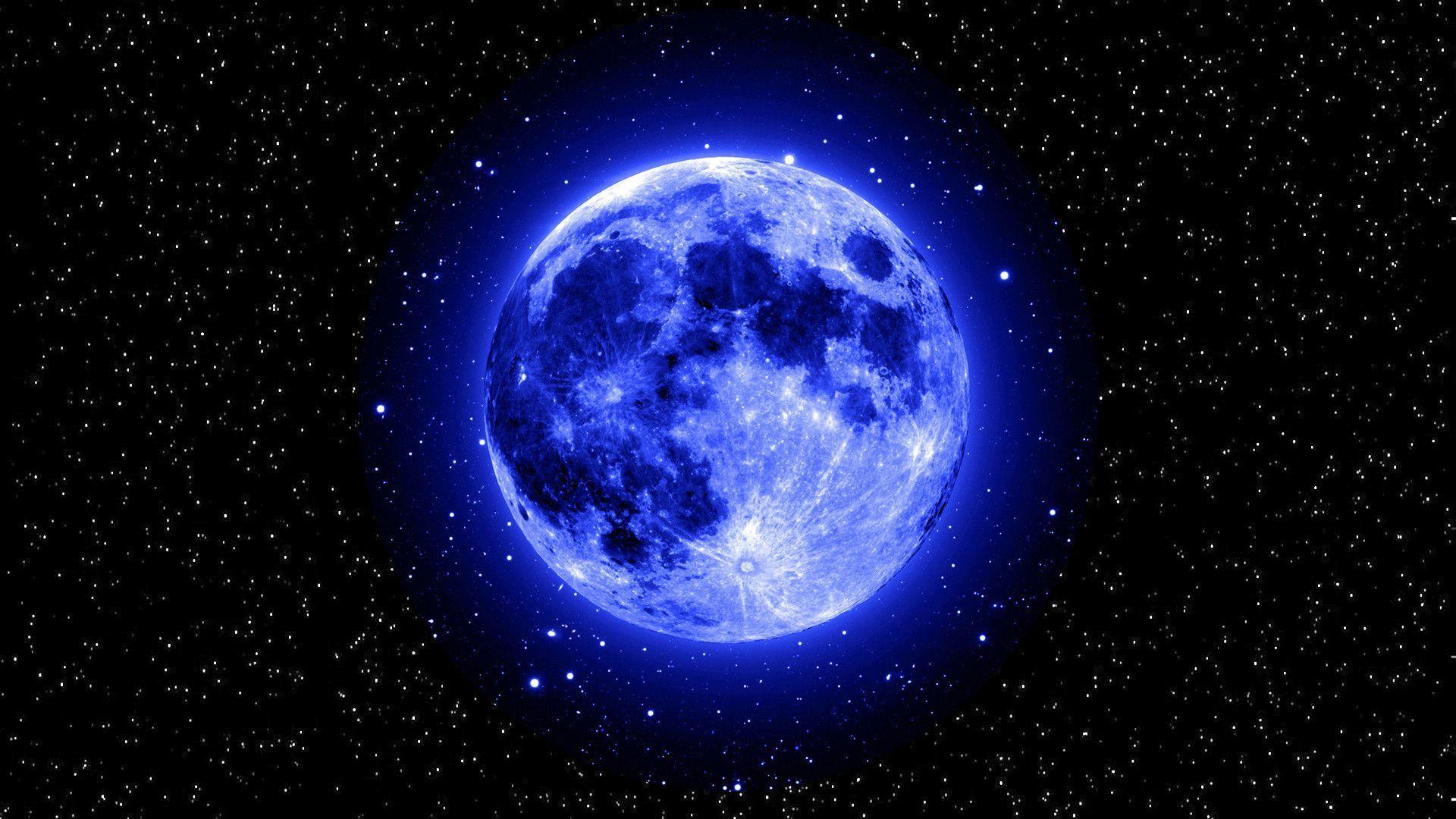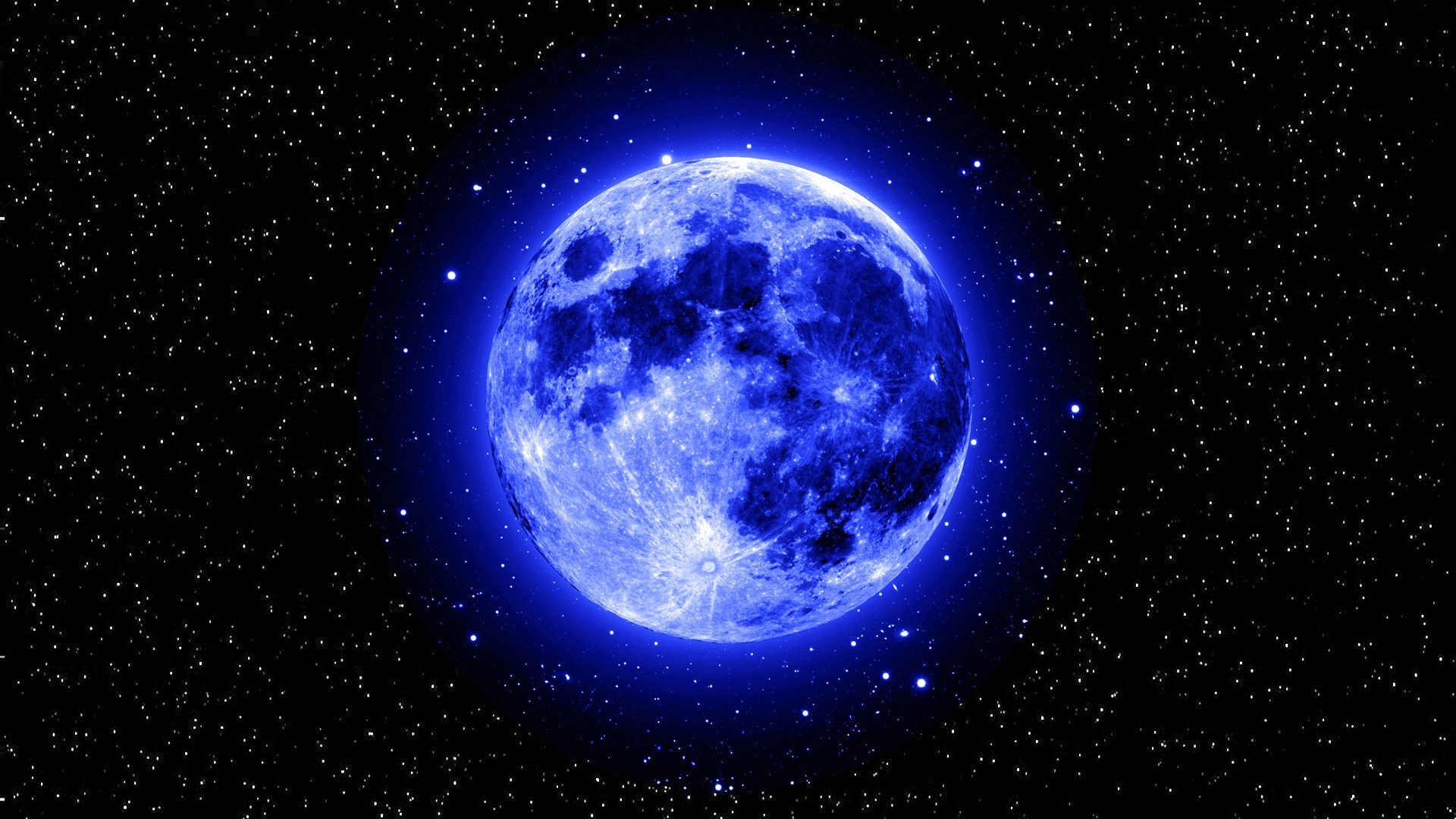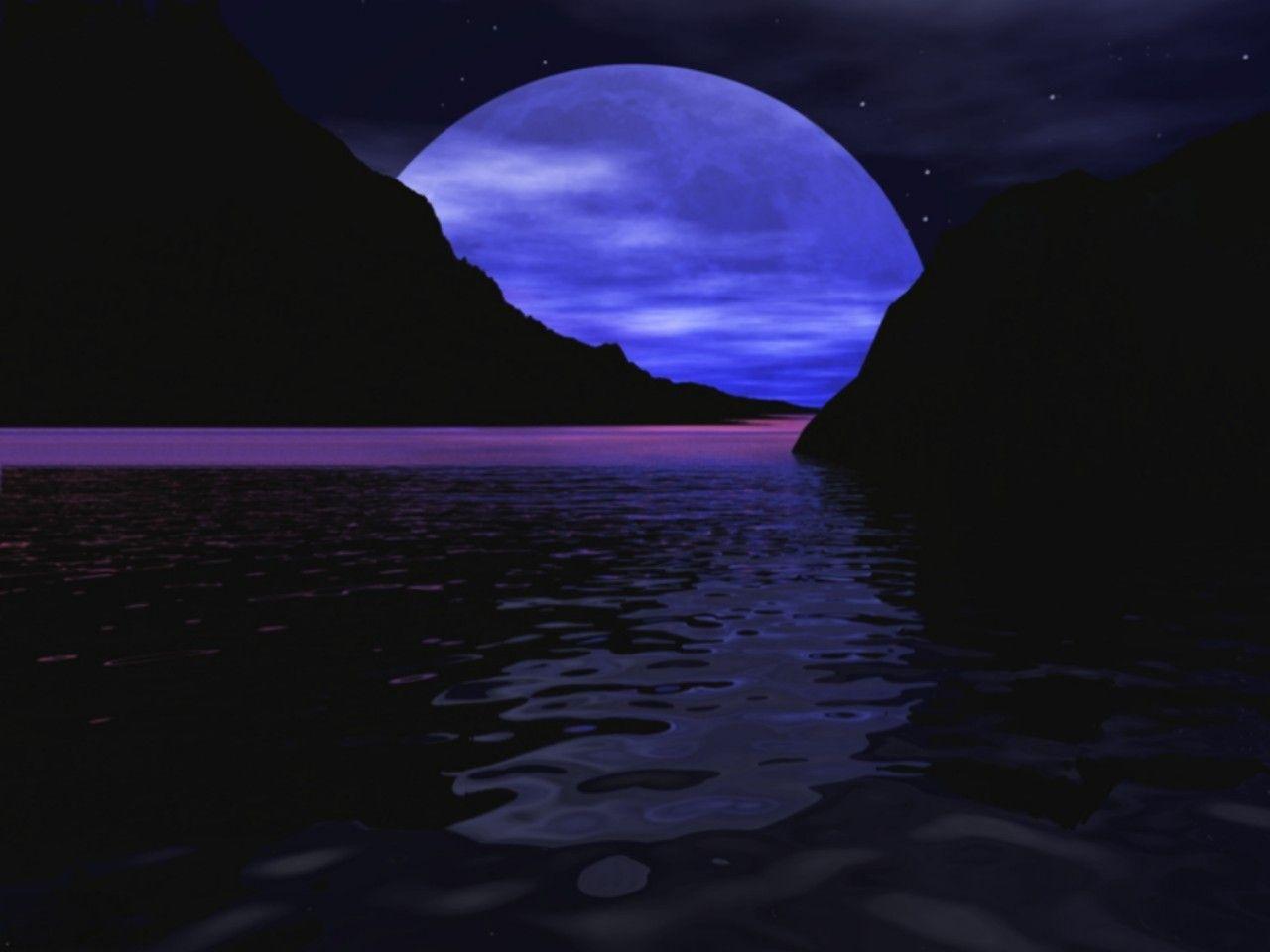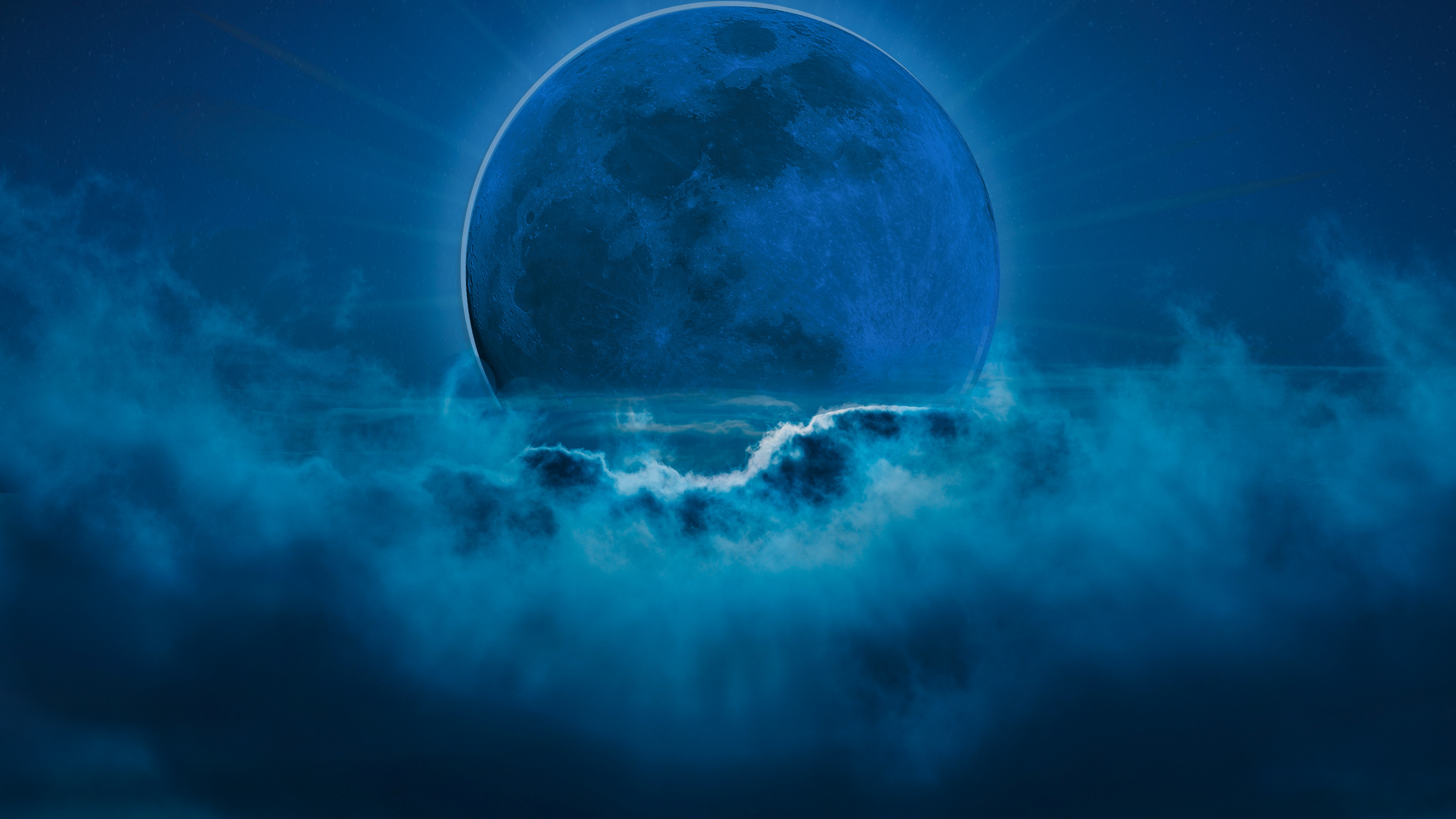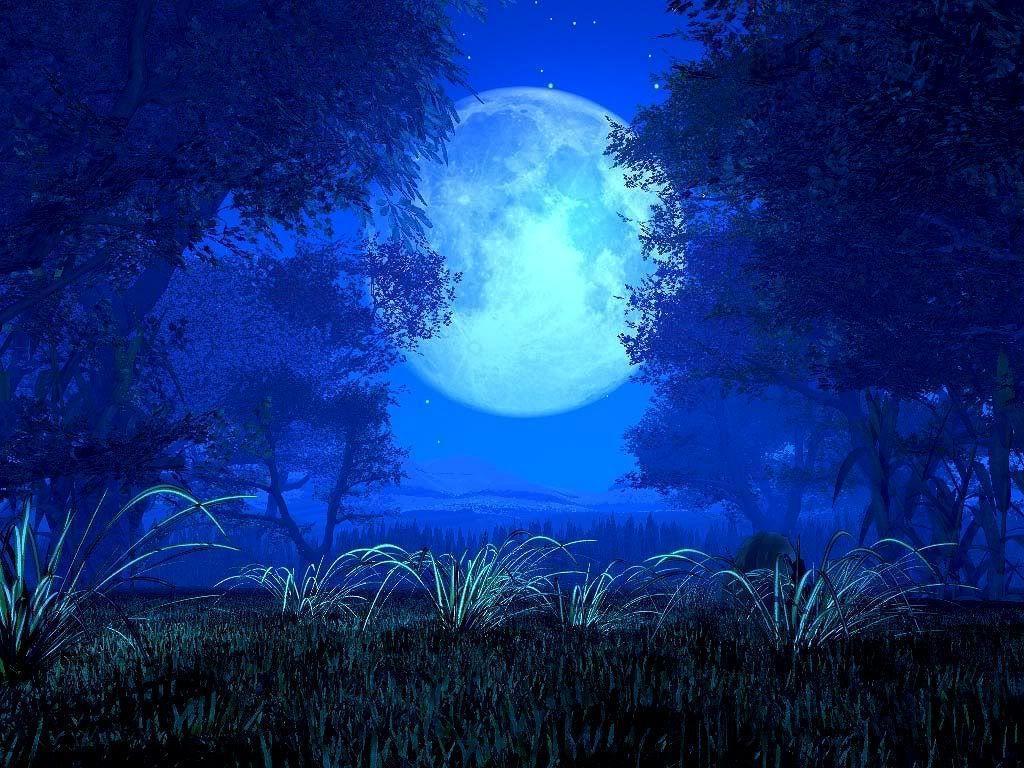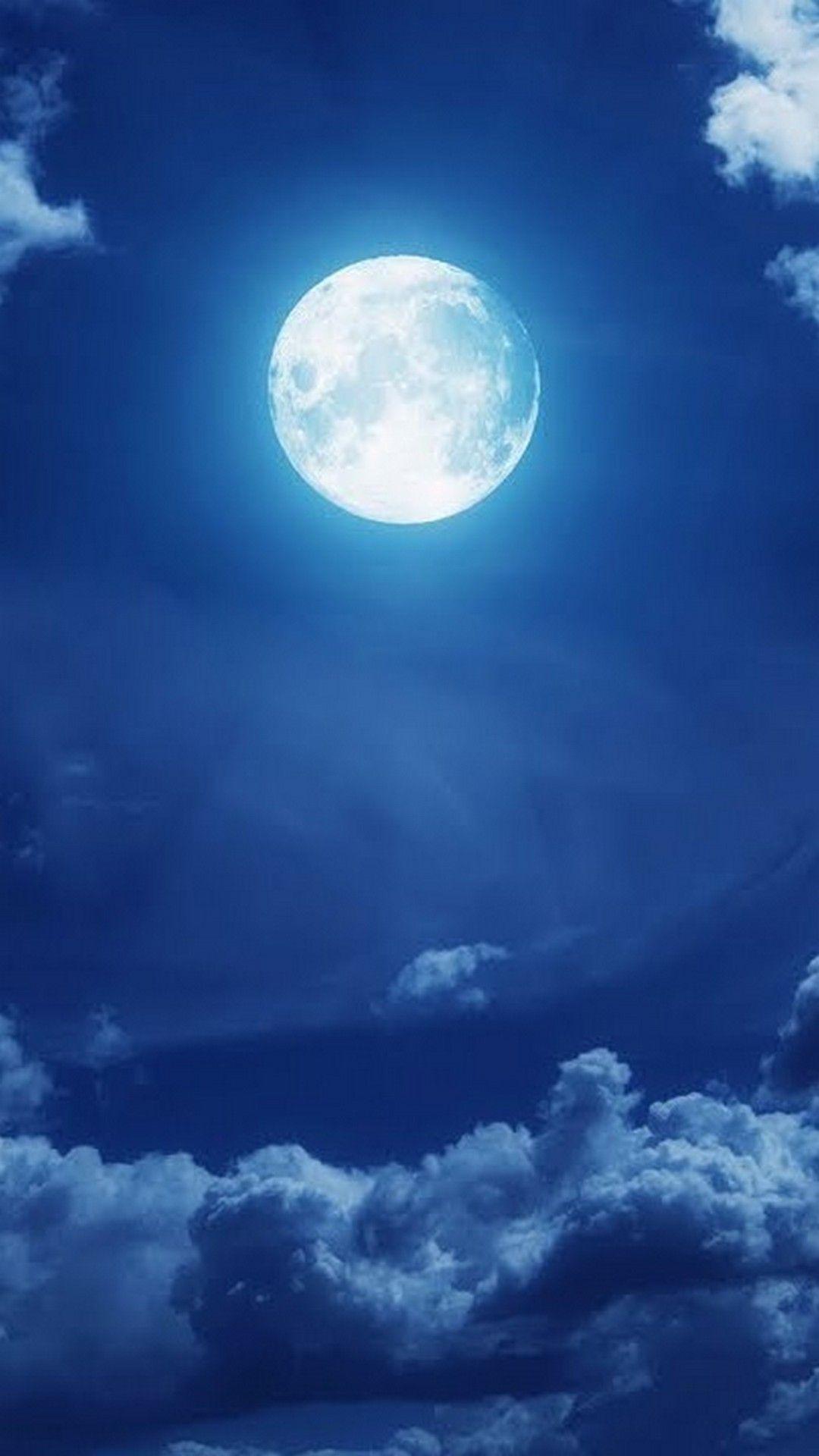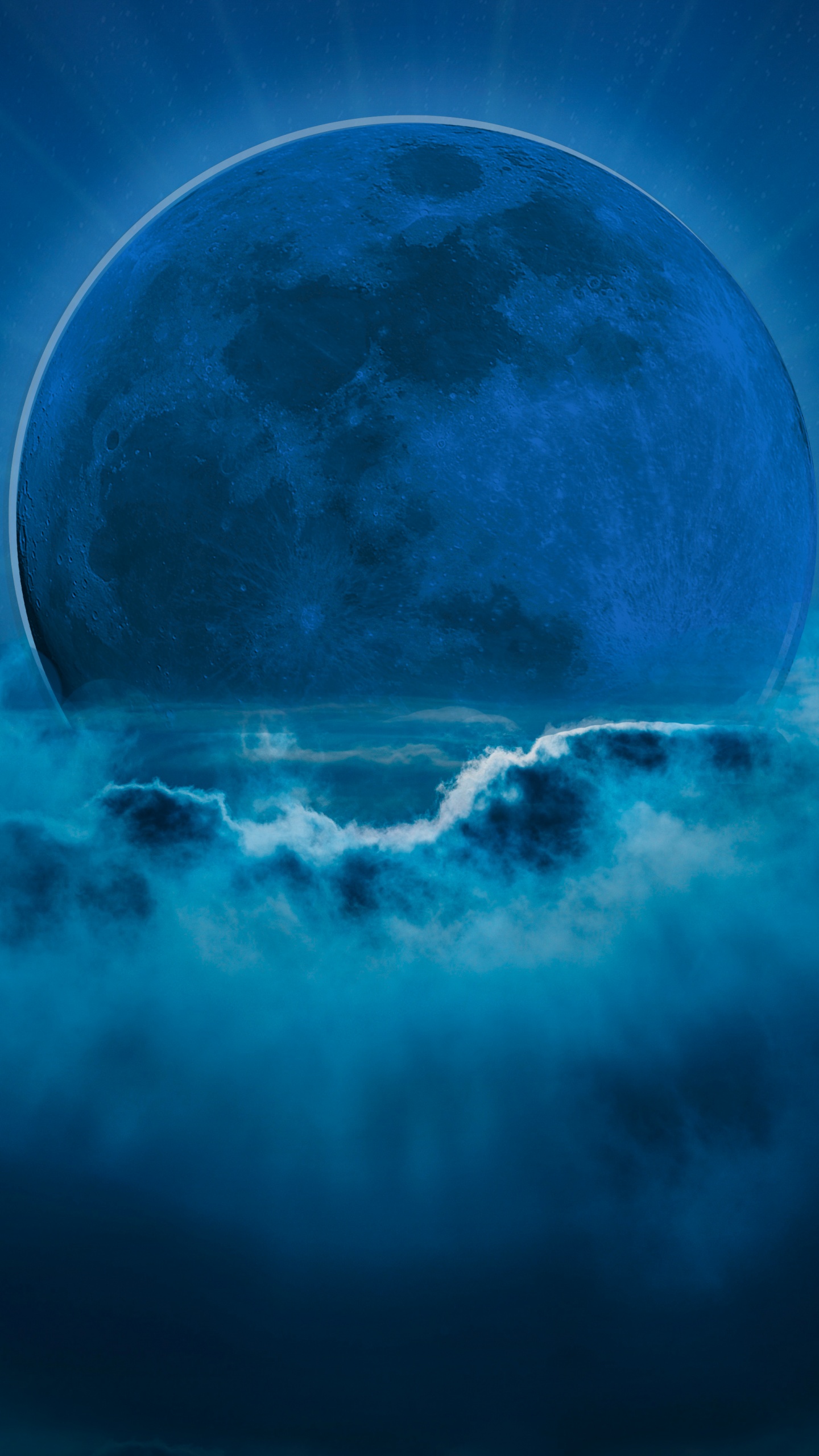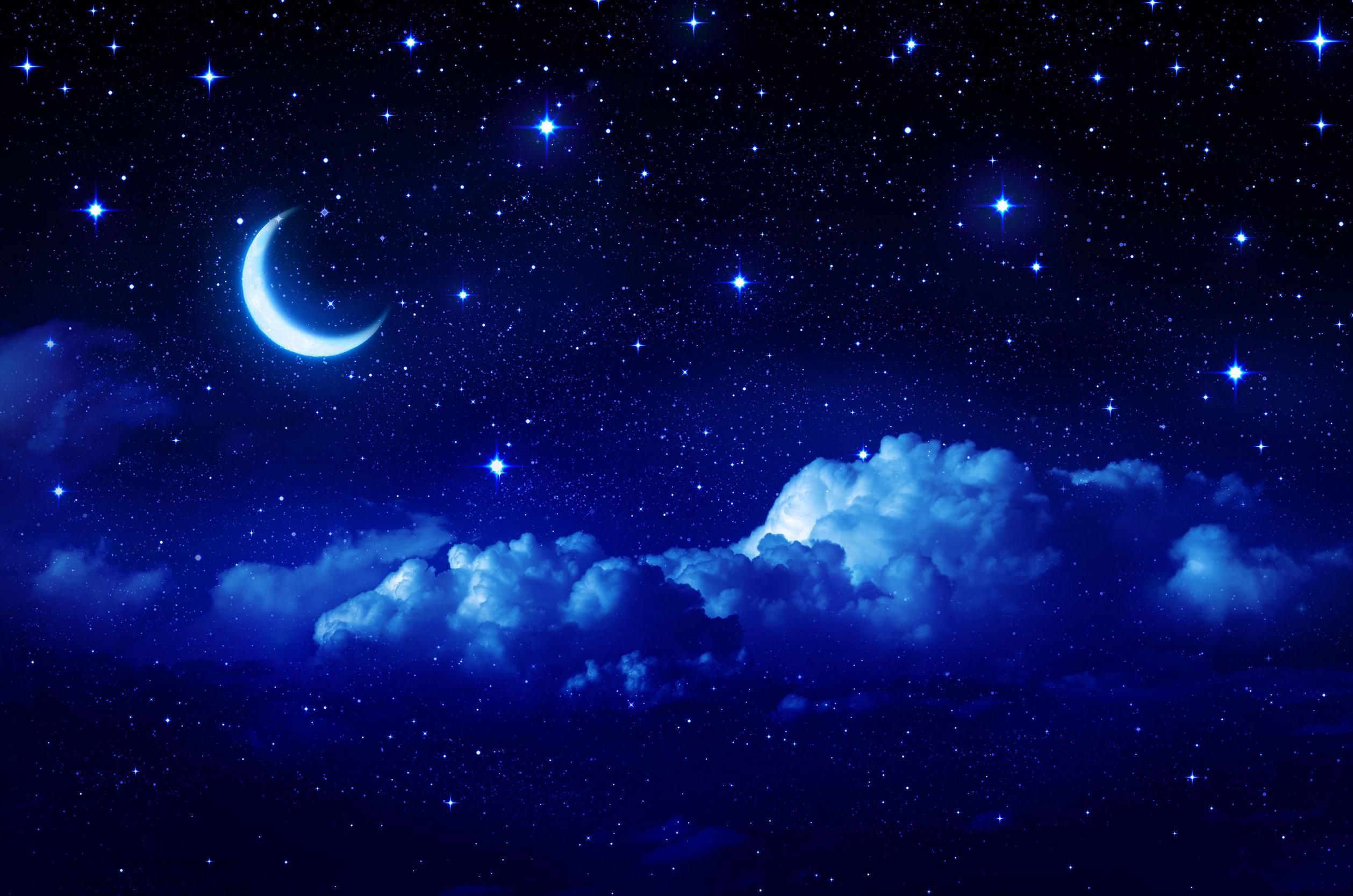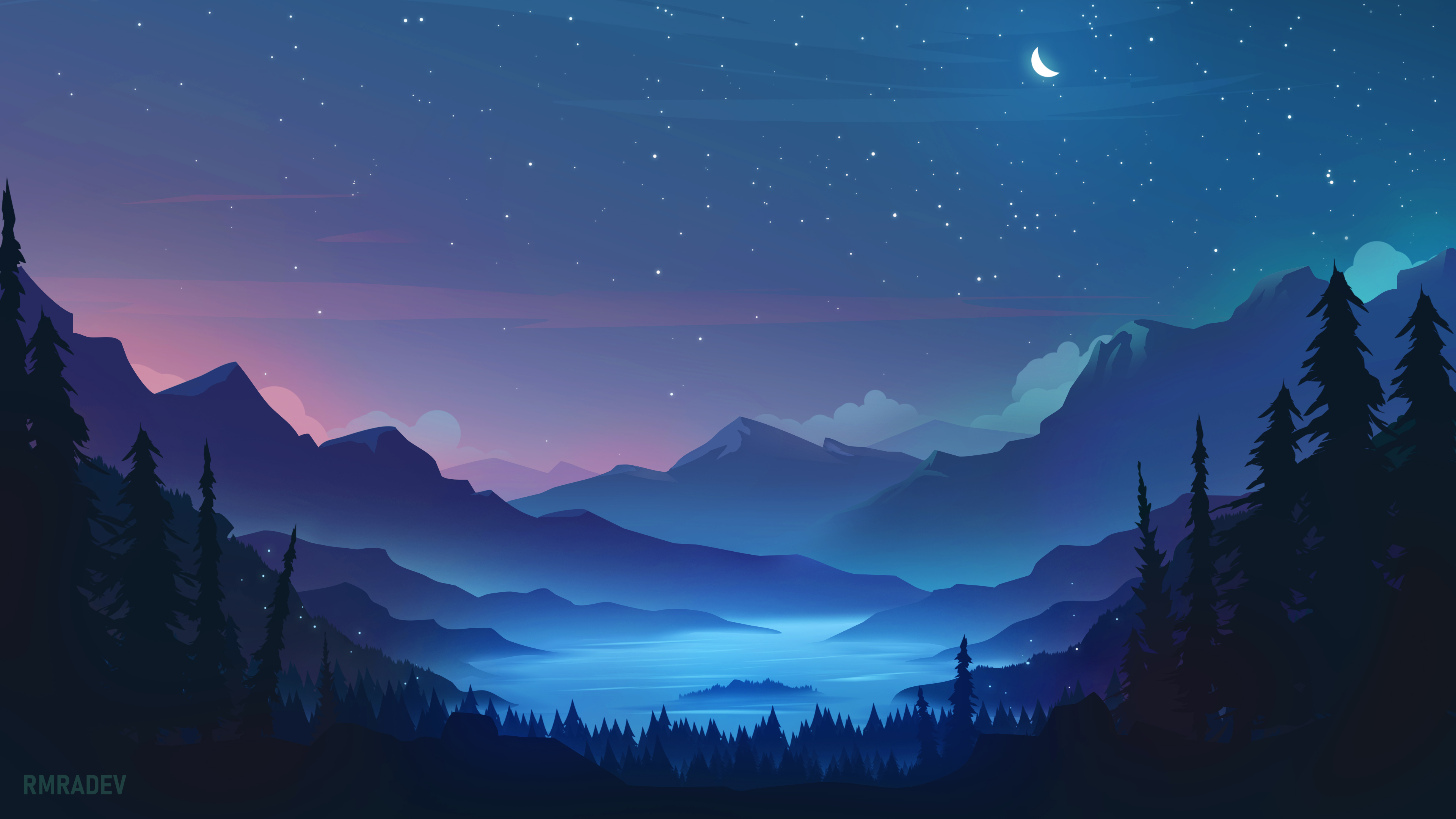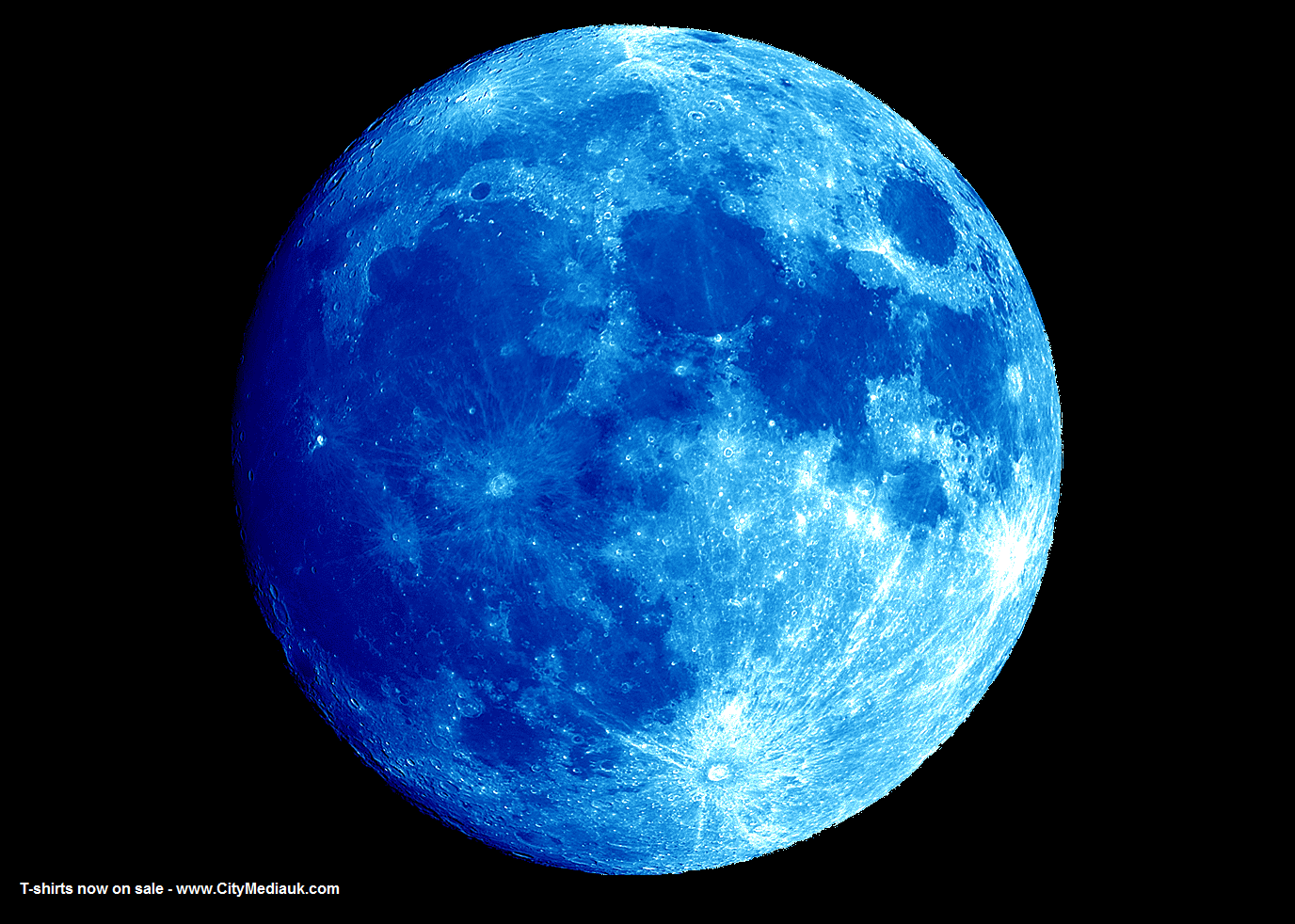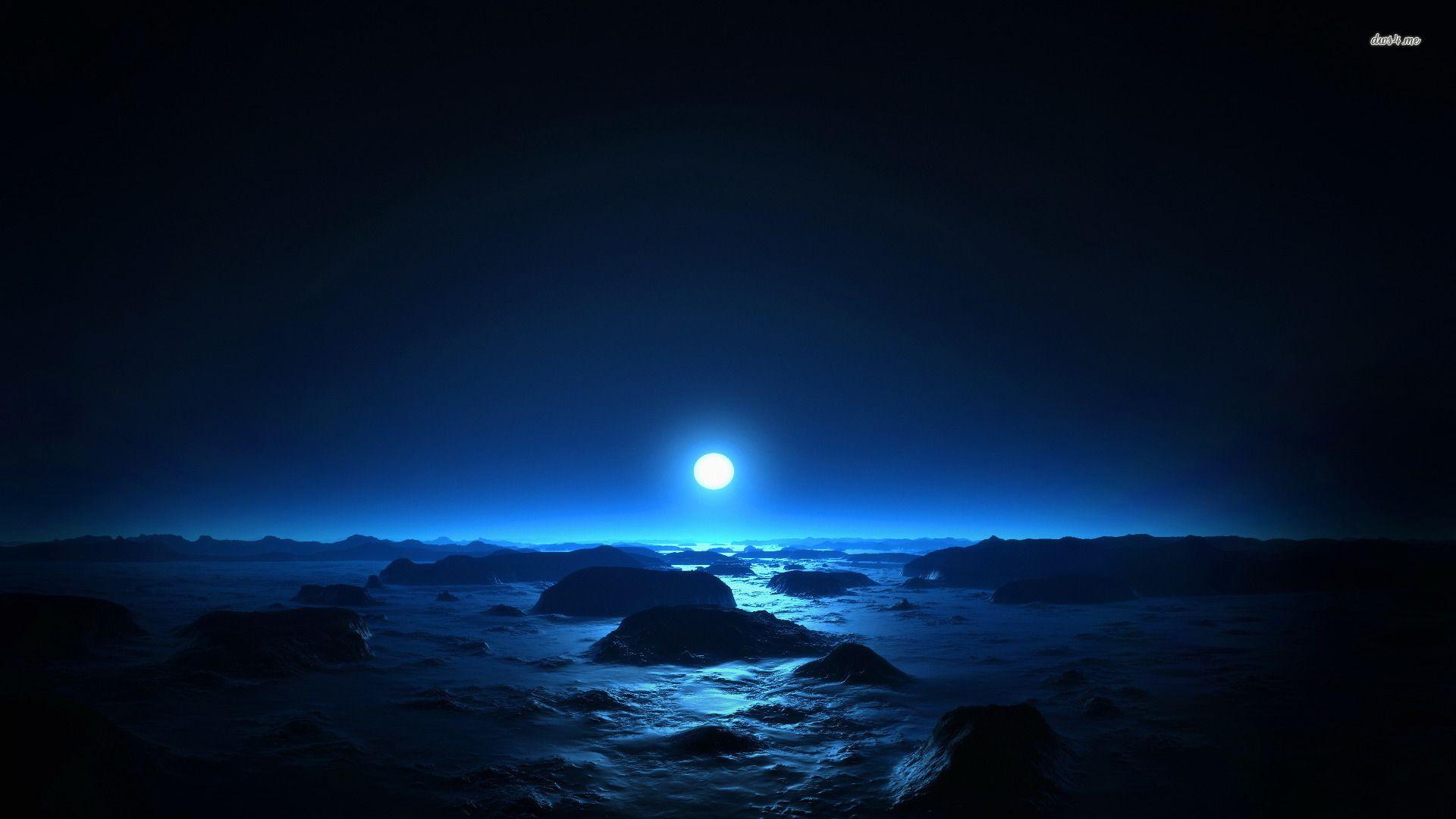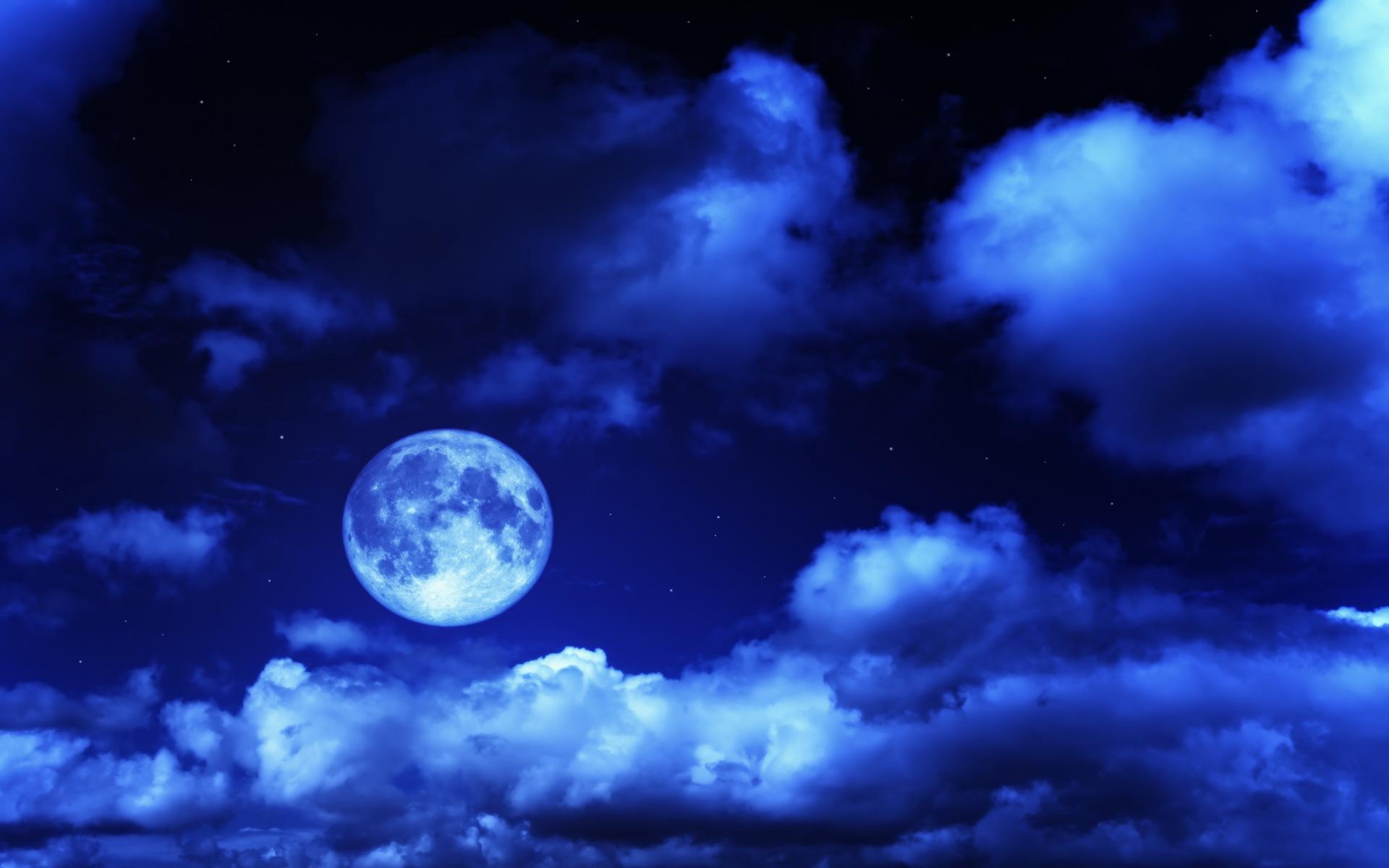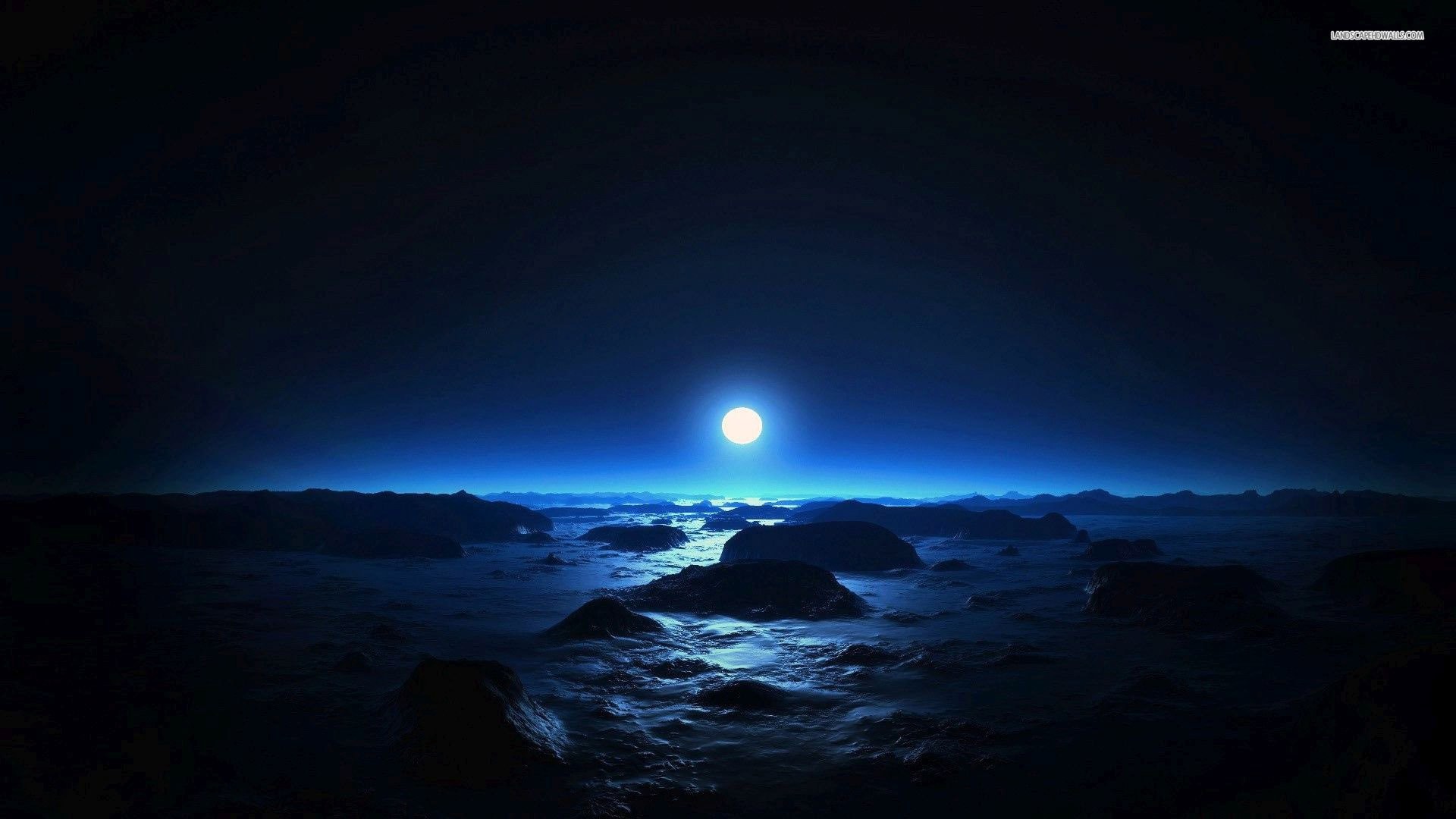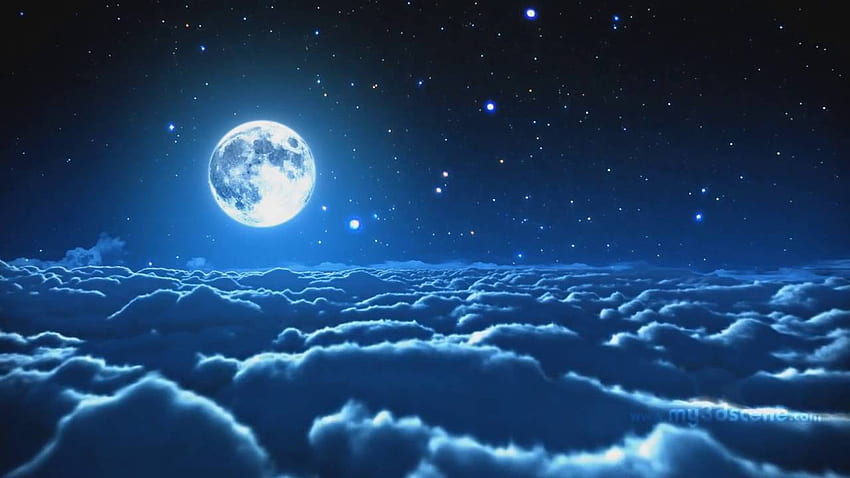The Blue Moon Phenomenon and Its Resonances in Portland, Oregon
The Blue Moon Phenomenon and Its Resonances in Portland, Oregon
I. Introduction: The Enigma and Allure of the Blue Moon
The celestial body known as the moon has, throughout human history, served as a profound source of wonder, inspiring countless narratives, artistic expressions, and scientific investigations. The evocative phrase "once in a blue moon" conjures images of rarity and an almost magical occurrence, deeply embedded in cultural lexicon. This report endeavors to clarify the various interpretations of the "blue moon," explore the rich visual themes that define its aesthetic, and provide comprehensive, actionable guidance for individuals seeking to capture its essence through photography. The analysis will then narrow its focus to Portland, Oregon, uncovering the city's unique connections to the "Blue Moon" concept, from local businesses that bear the name to vibrant astronomy and photography communities that thrive within the city and its surrounding areas.
II. Understanding the "Blue Moon": Fact, Folklore, and Visual Identity
Astronomical vs. Calendrical Definitions: Clarifying What a "Blue Moon" Truly Is
The distinction between these definitions is fundamental, particularly for those interested in capturing lunar phenomena through photography. The most prevalent public understanding of a "blue moon" (the calendrical definition) does not inherently involve a blue color. This highlights a significant public misconception that could lead to misdirected photographic efforts. For photographers, this clarification is paramount: while a calendrical blue moon offers a scheduled opportunity to photograph a full moon, capturing a truly blue-hued moon is contingent upon highly unusual and unpredictable atmospheric conditions. This understanding is crucial for managing expectations and directing photographic endeavors effectively.
The "Blue Moon" Aesthetic: Exploring Common Visual Themes, Imagery, and Atmospheric Conditions
The "blue moon aesthetic" extends beyond the literal blue hue of the moon, encompassing a broader spectrum of visual themes, moods, and imagery associated with the night sky, celestial bodies, and serene, often mysterious, blue-toned landscapes. It represents a visual language that evokes tranquility, wonder, and, at times, a touch of melancholy.
Common visual themes and imagery associated with this aesthetic include:
- Night Scenes: Depictions of the night sea, moonlit skies, nocturnal landscapes, dark moons, and general night-time settings, frequently rendered with deep blue or purple hues.
- Celestial Elements: The moon itself, in various phases (including full moon, moonlight), stars, distant galaxies, nebulae, and even eclipses, often presented with a sense of vastness and cosmic wonder.
- Natural Landscapes: Elements such as mountains, shorelines, forests (e.g., forest night, forest trees, forest landscape), icebergs, arctic scenes, ocean water, deserts (e.g., desert sand, desert sky, dune), and expansive panoramas.
- Abstract and Artistic Interpretations: The aesthetic can also be expressed through abstract imagery, such as "blue moon jellyfish ocean background" designs
The extensive range of associated imagery demonstrates that the "aesthetic" is a much wider artistic concept than the rare atmospheric occurrence. It encompasses a mood, a color palette, and thematic elements (night, cosmos, mystery, serenity) that can be evoked without the moon itself being physically blue. This provides significant creative latitude for photographers. They are not limited to waiting for the rare atmospheric blue moon; instead, they can achieve the "blue moon aesthetic" through deliberate artistic choices in composition, color grading (e.g., deep blue hues), and thematic elements in their night sky, landscape, or even abstract photography. This broadens the scope of photographic opportunities significantly, allowing for diverse artistic expressions of the "blue moon" concept.
III. Mastering Lunar Photography: A Comprehensive Guide
Capturing the moon's ethereal beauty and intricate details requires specific equipment and precise camera settings. Modern advancements in photographic technology and post-processing techniques have made high-quality lunar and astrophotography more accessible than ever.
Essential Equipment: Cameras, Lenses, Tripods, Remote Releases, and Filters
- Lenses: A telephoto lens is indispensable for achieving close-up shots of the moon, allowing for significant magnification of its features.
- Tripod: A sturdy tripod is an absolute necessity. It is critical for maintaining perfect stillness during long exposures, which is essential for sharp images, particularly when using telephoto lenses that magnify even the slightest camera movement.
- Remote Shutter Release: To completely eliminate camera shake caused by physically pressing the shutter button, a remote shutter release cable or utilizing the camera's built-in 2- or 10-second delay drive mode is highly recommended.
- Filters: Narrow-band filters represent a significant advancement for urban astrophotography. These specialized filters enable photographers to cut through light pollution emanating from city lights and even the bright moon itself, revealing fainter celestial objects like nebulae and galaxies.
- Star Tracker Mount: For those venturing into more advanced astrophotography, a star tracker mount is transformative. It precisely compensates for the Earth's rotation, allowing for significantly longer exposures without the appearance of star trails, resulting in pinpoint stars.
Optimal Camera Settings: Aperture, ISO, Exposure Length, White Balance, and Manual Focus Techniques
Achieving sharp and well-exposed lunar photographs requires careful adjustment of camera settings:
- Mode: For maximum control over your exposure, always set your camera to manual (M) or bulb (B) mode.
- Aperture: While a "fast" aperture of F/2.8 – F/4 is generally recommended for collecting ample light in astrophotography
- ISO: To minimize digital noise, especially for bright subjects like the moon, begin with a low ISO setting, such as 80 or 100.
- Exposure Length: For general astrophotography, exposures typically range from 15 to 30 seconds.
- White Balance: Set your white balance to daylight or auto.
- Focus: Manual focus (MF) is crucial for astrophotography, as autofocus systems struggle with the dim and distant nature of celestial objects.
Best Practices for Stunning Shots: Tips for Minimizing Shake, Bracketing Exposures, and Incorporating Compelling Foregrounds
- Minimize Camera Shake: Reiterate the importance of a sturdy tripod and using a remote shutter release or the camera's self-timer.
- Bracket Your Shots: This technique involves taking multiple photographs of the same scene with slightly varied exposure settings (e.g., different exposure lengths, apertures, or ISOs).
- Incorporate a Compelling Foreground: For wide-angle astrophotography that includes the moon, integrating an interesting foreground element (such as cityscapes, architectural landmarks, trees, or natural landscapes) can dramatically enhance the composition and visual narrative of your photograph.
- Post-Processing: Image editing is an indispensable final step in astrophotography. Begin by cropping out any unnecessary dark background, then manually adjust brightness and contrast to bring out details.
- Monitor Histogram: Regularly check the camera's histogram during shooting to ensure that data is not "clipped" (meaning areas are pure black or pure white with no detail).
- Experimentation: While these guidelines provide a solid foundation, astrophotography is also about experimentation. Do not hesitate to tweak settings and try different approaches to discover what works best with specific equipment and under varying conditions.
Table: Recommended Camera Settings for Lunar Photography
| Setting Category | General Astrophotography Recommendation | Specific Lunar Photography Recommendation (Close-up) | Key Consideration/Tip |
|---|---|---|---|
| Mode | Manual (M) or Bulb (B) | Manual (M) or Bulb (B) | Essential for full control over exposure. |
IV. Portland's "Blue Moon" Tapestry: Local Connections and Cultural Hubs
The phrase "blue moon" in Portland, Oregon, refers to more than just celestial events; it is deeply woven into the city's cultural fabric, identifying two distinct and beloved local establishments.
Blue Moon Camera & Machine: An Iconic Establishment
Services Offered: Blue Moon Camera & Machine provides a comprehensive suite of services catering to the analog photography community:
- Equipment Sales: Their inventory boasts a wide selection of vintage film cameras (including 35mm, instant cameras like Fuji Instax and Polaroid), various machines (even typewriters), lenses, and a plethora of camera system accessories.
- Film and Supplies: They are a crucial source for a diverse range of film stocks and darkroom equipment and supplies, supporting the entire analog workflow.
- Photo Lab Services: This is a cornerstone of their operation. They offer developing, scanning, and both analog and digital printing services for an extensive array of film formats, including 35mm, 120/620, Minox spy film, large format (4x5, 5x7, 8x10 sheets), ULF format, and even motion picture films.
- Film Mailing Services: For out-of-town customers or convenience, they provide a system for mailing film to them for processing.
- Selling/Consigning Gear: They offer options for customers to sell or consign their unwanted camera gear, fostering a circular economy for photographic equipment.
Cultural Significance: Blue Moon Camera & Machine holds profound cultural significance within Portland and the broader photography world:
- Preservation of Analog Photography: The establishment is a vital force in "saving medium format" and other film photography formats.
- Community and Education: Beyond commercial transactions, they are driven by a "deeply-held passion for the art, craft and science of film photography," emphasizing education and a genuine enthusiasm for film camera history and trivia.
- Customer Engagement: They actively engage their community through initiatives like "Customer Show" galleries, which showcase outstanding images created by their patrons through everyday orders, celebrating "incidental art".
- Local Impact and Longevity: Highly regarded by the local analog community for their friendly and knowledgeable staff, Blue Moon Camera & Machine has been a consistent presence for decades, impressively surviving and thriving even before the resurgence of film photography in the digital age.
Blue Moon Tavern & Grill: A Beloved Local Pub
Offerings: The Blue Moon Tavern & Grill provides a classic pub experience with a local twist:
- Food & Drink: They serve Northwest-style pub fare, emphasizing fresh, seasonal ingredients sourced from local and regional growers and producers. Their pizza and soups are house-made, and seasonal specials are regularly featured.
- Entertainment: Patrons can enjoy two 22-foot shuffleboard tables, pool tables, and pinball machines.
- Amenities: Complimentary WiFi is available, and the tavern offers pet-friendly sidewalk and outdoor patio seating.
- Hours: The tavern operates Sunday through Thursday from 11 am to midnight, and Friday and Saturday from 11 am to 1 am. Happy Hour is offered daily from 2-5 pm and again from 10 pm to midnight.
- Ordering: Orders can be placed for pickup by calling (503) 223-3184, or for delivery via Uber Eats and DoorDash.
- Group Visits: While walk-ins are welcome for groups, calling in advance is recommended to ensure readiness.
V. Connecting with the Cosmos in Portland: Astronomy and Photography Communities
Portland offers a surprisingly robust landscape for those interested in astronomy and night sky photography, supported by dedicated individuals, clubs, and educational opportunities.
Local Astrophotography Scene: Examples and Insights
- Josh Romberg (Southeast Portland): An exemplary astrophotographer who operates from his backyard in Southeast Portland. He utilizes a sophisticated setup, including a 4-foot telescope and specialized narrow-band filters, to image deep-space objects such as the North America Nebula.
- Nico Ferguson (St. Johns, North Portland): A young, innovative photographer who, at 15, employs a compact, iPad-sized "smart telescope" (which integrates a telescope, camera, and auto-tracker) to photograph celestial bodies like the Andromeda Galaxy from his North Portland neighborhood.
- Grant Tandy (Central Oregon, near Mount Bachelor): While not strictly within Portland, Tandy represents another facet of Oregon's astrophotography community. He specializes in wide-field time-lapse photography, artfully showcasing the night sky's apparent movement against dramatic natural landscapes.
Clubs, Workshops, and Stargazing Opportunities: Highlighting Local Astronomy and Photography Communities
Oregon provides a comprehensive and supportive infrastructure for learning and practicing astrophotography, catering to various skill levels and interests.
- Rose City Astronomers (RCA): This non-profit volunteer organization is a cornerstone of Portland's astronomy community, dedicated to fostering the enjoyment and education of astronomy among its members and the general public.
- Crucially, RCA also maintains an "Astronomical Imaging & Photography SIG" (Special Interest Group). This SIG is specifically designed to enhance the skills of astrophotographers across all levels—beginner, intermediate, and advanced—working with various camera types, including CCD, DSLR, point-and-shoot, and even film cameras.
- RCA actively co-hosts OMSI Star Parties at designated dark-sky locations like L.L. "Stub" Stewart State Park (and occasionally Rooster Rock State Park). These public events offer fantastic opportunities for community stargazing, where attendees can observe celestial objects like planets, the moon, and distant stars through telescopes and binoculars provided by astronomers.
- Other Astronomy/Photography Clubs in Oregon:
- The South Yamhill River Astronomy Club (SYRAC), based in Willamina, OR, holds regular meetings and stargazing nights, providing another regional option for enthusiasts.
- Portland-area camera clubs, such as the Cascade Stereoscopic Club, Tryon Creek Photo Club, and Portland Photographic Society, offer broader photographic community connections.
- Astrophotography Workshops: Oregon offers several specialized workshops for those looking to hone their night sky photography skills:
- Ben Coffman Photography: Offers workshops focused on landscape astrophotography, with a strong emphasis on capturing the Milky Way. These workshops also cover sunset, sunrise, and twilight photography, providing comprehensive instruction on both in-field techniques and post-processing.
- Discover the Light Photography (Gregg Kerber): Provides immersive 2-night Milky Way photography workshops in Central Oregon. These workshops emphasize personalized, in-field instruction in visual design and expressive imagery, followed by hands-on post-processing sessions in Lightroom Classic and Photoshop.
- Oregon Coast Landscape and Astro Workshop: A multi-day workshop (scheduled for June 25-30, 2025) that combines landscape photography with night sky shooting techniques, including Milky Way capture, along the scenic Oregon Coast.
Moon-Related Events: Information on Upcoming Gatherings and Celestial Viewing
Portland's cultural landscape includes a diverse range of "moon events," extending beyond purely scientific observation to encompass spiritual gatherings, wellness practices, and even musical performances.
- Full Moon Events (Non-Astronomical/Spiritual): Portland's cultural landscape includes various "Full Moon Gathering and Meditation" events, often with spiritual, wellness, or community-building themes.
- Astronomy-Focused Events:
- Mt. Hood Community College Planetarium: Offers public planetarium shows on the first and third Thursdays of each month. Their "Summer 2025 Backyard Astronomy" shows, for instance, discuss the changing night sky, including constellations, planets, and meteor showers.
- Rose City Astronomers Star Parties: As previously mentioned, these public events are key opportunities to observe celestial objects through telescopes in dedicated viewing locations.
- Oregon Outback International Dark Sky Sanctuary (Southern Oregon): Although located outside Portland in Lake County, this sanctuary is a significant regional resource for stargazers. It offers "breathtaking night sky viewing experiences" and hosts stargazing parties, particularly emphasizing the new moon phase for optimal dark sky viewing.
- "Blue Moon" Specific Cultural Events: Beyond astronomical or spiritual gatherings, the name "Blue Moon" also appears in Portland's cultural scene. For example, the band "Blue Moon Marquee" has a concert scheduled in Portland in May 2025.
- No Calendrical Blue Moon in Portland in 2025: It is important to note for astronomical enthusiasts that according to moon phase calendars, there is no calendrical "blue moon" (second full moon in a calendar month) specifically scheduled for Portland in 2025.
Table: Portland's "Blue Moon" and Astronomy-Related Resources
| Resource Type | Name | Location/Area | Primary Focus/Offerings | Key Details/Notes |
|---|---|---|---|---|
| Business/Cultural Institution | Blue Moon Camera & Machine | 8417 N Lombard Street, Portland, OR | Vintage film cameras, supplies, film processing (developing, scanning, printing), museum, community hub | Iconic analog photography institution, one of world's last optical printing labs, fosters community, hosts "Customer Show" galleries |
| Business/Cultural Institution | Blue Moon Tavern & Grill | 432 NW 21st, Portland, OR | Northwest-style pub fare, handcrafted ales, live music, games (shuffleboard, pool, pinball) | Historic landmark (site settled over 150 years ago), pet-friendly sidewalk seating, popular local destination |
| Astronomy Club | Rose City Astronomers (RCA) | Oregon Museum of Science and Industry (OMSI), L.L. "Stub" Stewart State Park, Rooster Rock State Park | Astronomy education, general membership meetings, Astronomical Imaging & Photography SIG, public Star Parties | Non-profit volunteer organization, free public meetings, dedicated astrophotography group, co-hosts OMSI Star Parties |
| Astronomy Club | South Yamhill River Astronomy Club (SYRAC) | Willamina, OR | Night sky preservation, stargazing opportunities, educational partnerships | Holds regular club meetings and stargazing nights |
| Educational Institution | Mt. Hood Community College Planetarium | Gresham Campus, Portland, OR | Public planetarium shows, backyard astronomy discussions | Shows on 1st and 3rd Thursdays, covers constellations, planets, meteor showers |
| Photography Workshop | Ben Coffman Photography | Various locations (focus on landscape astrophotography) | Landscape astrophotography workshops, Milky Way capture, sunset/sunrise/twilight photography, post-processing | Emphasizes in-field and post-processing techniques |
| Photography Workshop | Discover the Light Photography (Gregg Kerber) | Central Oregon (Sisters) | Milky Way photography workshops, visual design, expressive imagery, post-processing | Immersive 2-night adventures, personalized in-field instruction |
| Photography Workshop | Oregon Coast Landscape and Astro Workshop | Oregon Coast (Bandon to Seaside) | Landscape and night sky shooting techniques, Milky Way capture, post-processing | Multi-day workshop, includes lodging and transportation during the event |
| Stargazing Location | Oregon Outback International Dark Sky Sanctuary | Lake County, Southern Oregon | Pristine dark sky viewing, stargazing parties, camping | Haven for astronomers and photographers, committed to dark sky preservation |
| Cultural Event (Music) | Blue Moon Marquee Concert | 1195 SE Powell Blvd, Portland, OR | Live music performance (Blues) | Scheduled for May 2025 |
| Cultural Event (Spiritual) | Full Moon Gathering and Meditation | Integrative Healing Arts Center, Portland, OR | Spiritual gatherings, meditation, sound healing, community building | Various events coinciding with full moon phases, some with astronomical themes (e.g., lunar eclipse) |
VI. Conclusion: Embracing Your Blue Moon Journey in Portland
The concept of a "blue moon" is multifaceted, encompassing both a rare atmospheric phenomenon and a calendrical occurrence, alongside a broader aesthetic that inspires wonder and creativity. Understanding these distinctions is key to appreciating its diverse impact. For photographers, mastering lunar photography involves specific equipment and camera settings, but advancements in technology and post-processing techniques have made high-quality astrophotography increasingly accessible, even within urban environments like Portland.
Portland, Oregon, offers a unique and vibrant "Blue Moon" tapestry. From the historic Blue Moon Tavern & Grill, a beloved community hub with a rich past, to the renowned Blue Moon Camera & Machine, a global beacon for analog photography and a cultural institution, the city embraces the "blue moon" name in diverse ways. Furthermore, Portland and its surrounding areas provide a robust ecosystem for connecting with the cosmos. Active astronomy clubs like the Rose City Astronomers, specialized astrophotography workshops, and public stargazing events offer abundant opportunities for enthusiasts of all levels to learn, share, and capture the beauty of the night sky.
Whether the interest lies in chasing the elusive blue hue of an atmospherically altered moon, perfecting close-up lunar shots, exploring Portland's unique cultural landmarks, or joining a local star party to connect with fellow cosmic enthusiasts, the journey into the "blue moon" realm in Portland promises to be as captivating as the moon itself.
Blue moon Wallpapers
Collection of blue moon wallpapers for your desktop and mobile devices.
Download these blue moon wallpapers for free and use them on your desktop or mobile devices.
